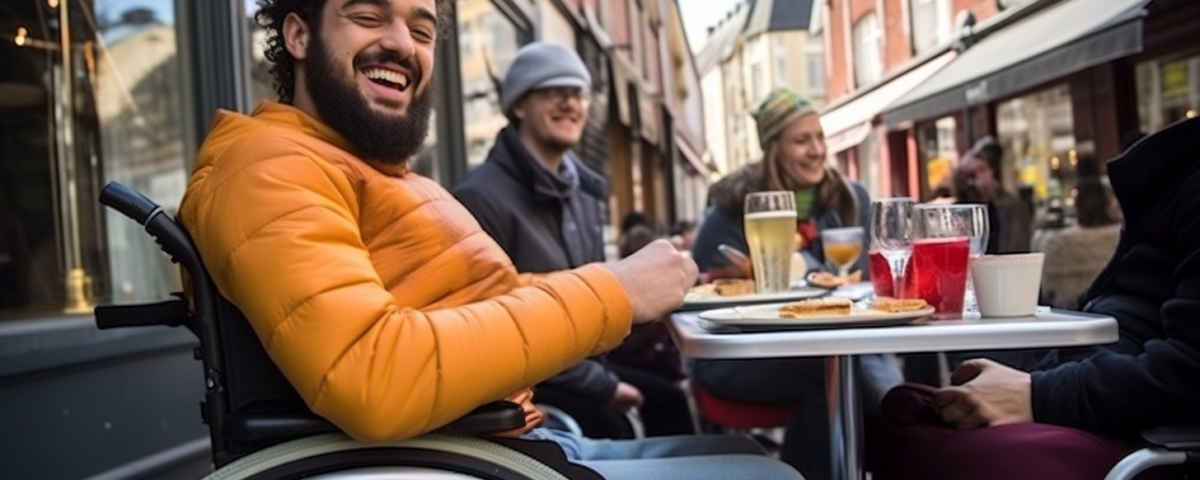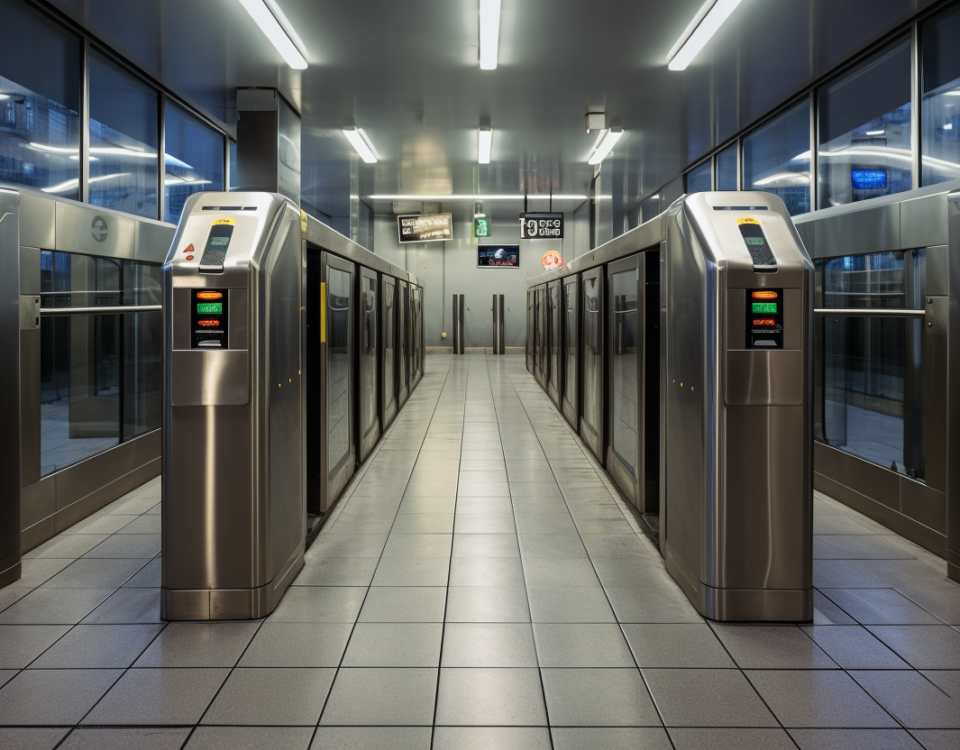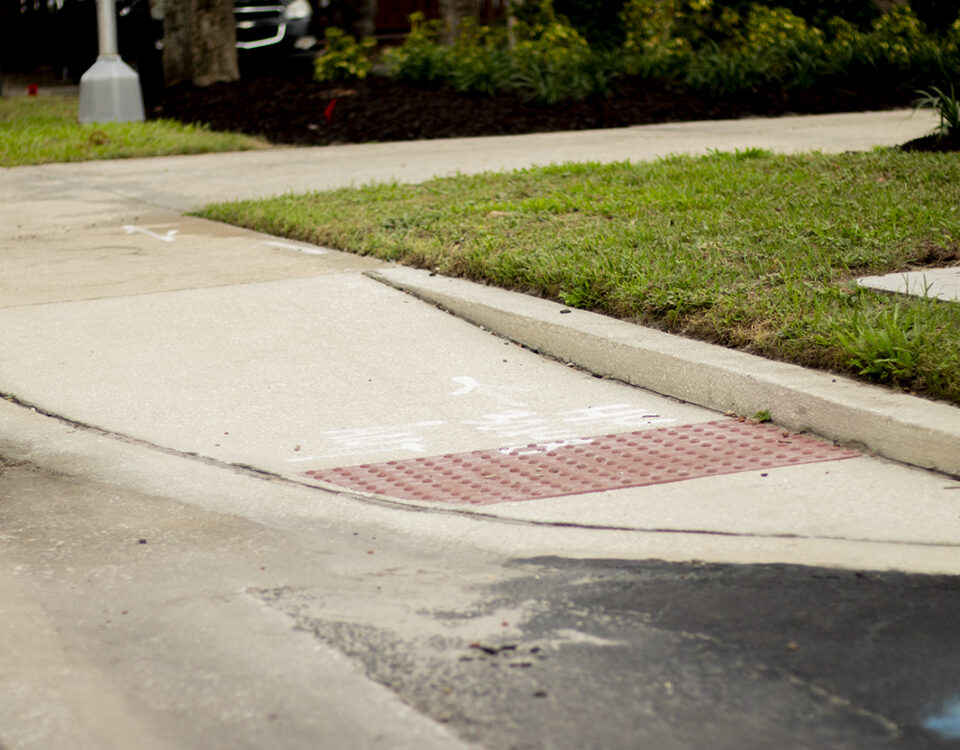
Repositioning Shelves for ADA Compliance
August 31, 2023
Making curb cuts in sidewalks and entrances
September 18, 2023Rearranging furniture to enhance accessibility is a pivotal aspect of readily accessible barrier removal (RABR) efforts, particularly in the context of Florida ADA compliance. RABR refers to the proactive measures taken by businesses and organizations to swiftly address barriers to accessibility, ensuring compliance with the Americans with Disabilities Act (ADA). In Florida, where ADA compliance is not just a legal requirement but also a moral imperative, the expertise of Florida ADA advisors and ADA consultants becomes invaluable in guiding businesses through the process of barrier removal and accessibility enhancement.
The concept of RABR underscores the importance of taking immediate action to remove barriers that impede access for individuals with disabilities. While comprehensive renovations and structural modifications may be necessary in some cases, RABR emphasizes the significance of making incremental changes that yield tangible improvements in accessibility. Rearranging furniture is a prime example of RABR in action, as it can have a profound impact on the overall accessibility of a space without requiring extensive construction or renovation.
In the realm of Florida ADA compliance, businesses and organizations must prioritize accessibility to ensure equal access for all individuals, regardless of their mobility or sensory impairments. Rearranging furniture plays a crucial role in this endeavor, as it allows businesses to create clear pathways, designated seating areas, and unobstructed access points within their facilities. By strategically positioning furniture to maximize space and minimize barriers, businesses can enhance accessibility and create a more inclusive environment for patrons and visitors.
Moreover, the process of rearranging furniture involves thoughtful consideration of layout design, traffic flow, and user experience. ADA consultants and Florida ADA advisors offer invaluable expertise in this regard, providing guidance on best practices for furniture arrangement to optimize accessibility and compliance. By collaborating with ADA consultants, businesses can leverage their knowledge and insights to implement effective solutions that address the specific accessibility needs of their space.
In addition to physical access, rearranging furniture can also improve sensory accessibility and navigation for individuals with visual impairments or sensory sensitivities. By organizing furniture in a logical and consistent manner, businesses can create more predictable environments that are easier to navigate for individuals with disabilities. Clear pathways, unobstructed aisles, and well-defined seating areas contribute to a more welcoming and user-friendly environment for all patrons.
Furthermore, rearranging furniture as part of RABR efforts aligns with the principles of universal design, which advocate for the creation of spaces that are accessible to people of all abilities. By adopting universal design principles, businesses can ensure that their facilities are welcoming and inclusive to everyone, regardless of their age, disability, or background.
In conclusion, rearranging furniture is a critical component of RABR initiatives aimed at enhancing accessibility and achieving Florida ADA compliance. By proactively addressing barriers to access through strategic furniture arrangement, businesses can create environments that are more inclusive and welcoming to individuals with disabilities. With the guidance of Florida ADA advisors and ADA consultants, businesses can navigate the complexities of accessibility regulations and implement effective solutions to improve accessibility for all.




